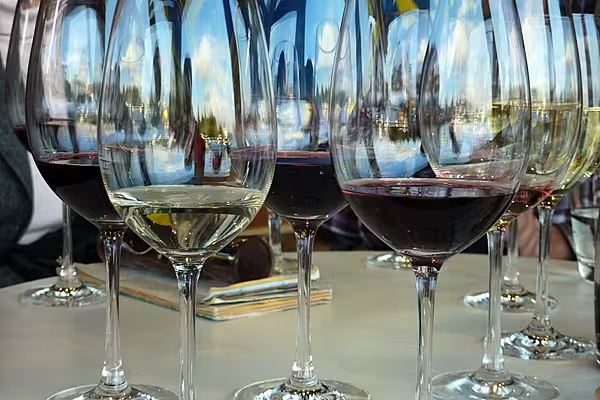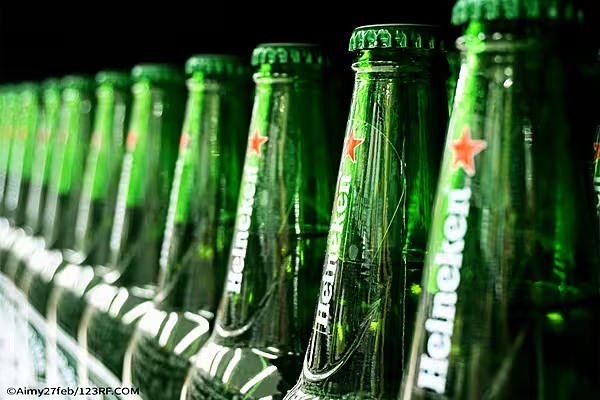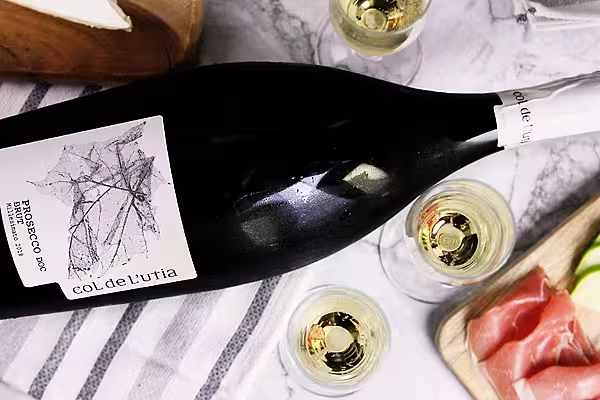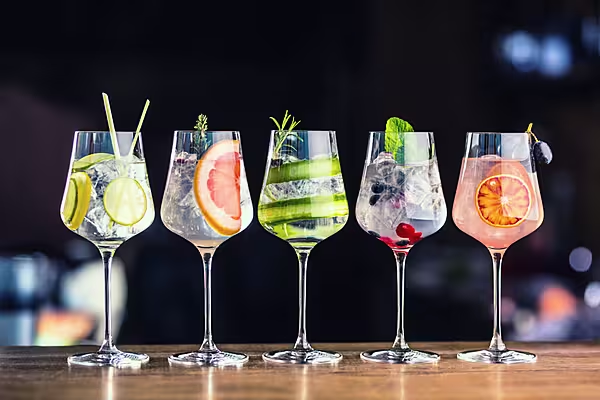For wine, the hangover can start as soon as the bottle is opened. Oxygen is toxic to the lovely, inebriating juice, which as every moment passes becomes something other than intended (letting it ''breathe'' notwithstanding). On any given night, having to choose between four glasses of wine and none can be a sad disconnect of supply and demand – a truly dismal science.
Marco DiGiulio, a vintner at California’s Vintage Wine Estates, can taste degradation in a bottle open just one day. That’s why he has such high hopes for Kuvée, a sort of Keurig-style dispenser that goes on sale Monday and comes with a catalog of 48 wines, including some of DiGiulio's. The core of the system is a decanter that sells for $199 and looks like an oversize wine bottle. Ranging in price from $15 to $50, the canisters slide into the bottom and click in place. Equipped with a bladder and special valve, the wine can be poured without any oxygen seeping in, and drinkers can swap out a Pinot noir for a Syrah by ejecting one canister and clicking in another. After an initial pour, Kuvée wines will stay fresh for about 30 days.
"I’ll be honest, this was intriguing to me from a purely personal standpoint," DiGiulio said. "My wife doesn’t drink a whole lot, and I don’t want to drink a whole lot, so it’s surprisingly rare how often we open a bottle of wine."
The hope for Kuvée – and for the venture capitalists who put up $6 million for its launch – is that it will change the economics of the $300 billion wine industry. When people no longer have to worry about wine going bad, they’ll drink it more frequently and develop a better sense of what they like; it also has the potential to save billions of dollars in wine on its way to vinegar. At least, that’s the pitch from Vijay Manwani, Kuvée's co-founder and chief executive.
"You can drink a great craft beer on Tuesday night; you can drink a great cocktail on Tuesday night; you can’t drink a great bottle of wine on Tuesday night," Manwani said.
Manwani clearly keeps pretty tame company, but his message may resonate with anyone who has looked at a half-full bottle and tried to remember when she pulled the cork. The problem has already prompted mouse-trap levels of innovation at virtually all price points. At the low-end, there’s the simple bag in a box. (Thank you, Dr. Franzia.) On the other end of the spectrum is the Coravin system, which punctures a bottle’s cork with a Teflon-coated needle and replaces the volume of wine poured with a puff of argon gas. On the market since July 2013, the device starts at $299, plus gas cartridges that cost $9 to $10 apiece. In between, a bunch of vacuum-based systems literally pump oxygen out of an open bottle.
The area where Kuvée may have an edge is technology. Every year, the world’s vintners fill about 38 billion bottles, each as dumb as a box of hammers. Kuvée’s system, however, is fairly smart. Equipped for Wi-Fi signals, it reads a chip on each canister and uses a phone-like touchscreen to display information about the vintner, pairing suggestions and buttons to let you instantly order more of the same. It also remembers what canisters you have already opened. At the outset, the pitch is for winemakers as much as it is for wine drinkers.
"For us, this is huge," DiGiulio said. "Five minutes after someone has poured that glass, they can rate it. It’s the kind of feedback that we typically don’t get." Additionally, the stainless steel canisters are lighter than glass bottles, so they are cheaper to ship, a further boon for a label looking to build direct-to-consumer sales.
The question is: How many consumers want their wine to act more like their iPhone? There's something deliciously anachronistic about drinking wine. Throw on a tunic, and you’re still doing it pretty much as Julius Caesar did – albeit with better Seamless options than bread and olives. Even systems like the Coravin have a kind of tactile charm.
Manwani, a mechanical engineer by training and a self-described wine snob, calls it "the ritual of the cork" and acknowledges it may pose a challenge to overcome (though twist tops have led the way). "I’m sure that when this gets out, the traditionalists will have an opinion," he said. "We’ll have to deal with that."
News by Bloomberg, edited by ESM. To subscribe to ESM: The European Supermarket Magazine, click here.














